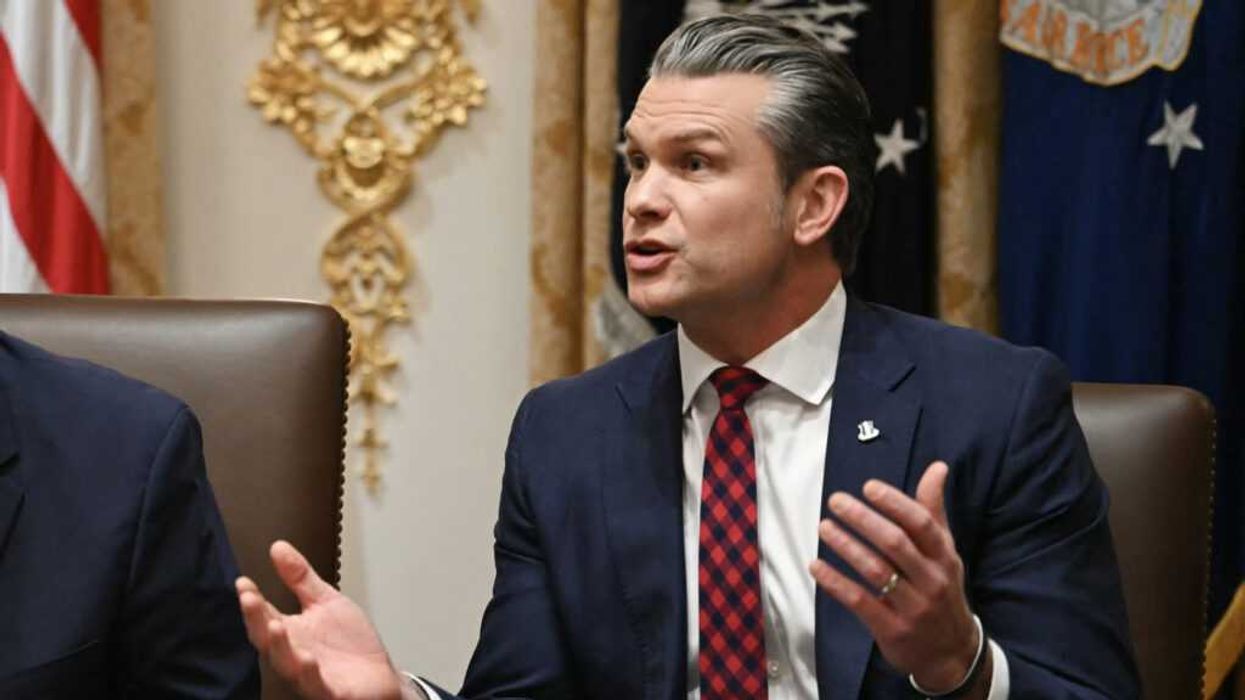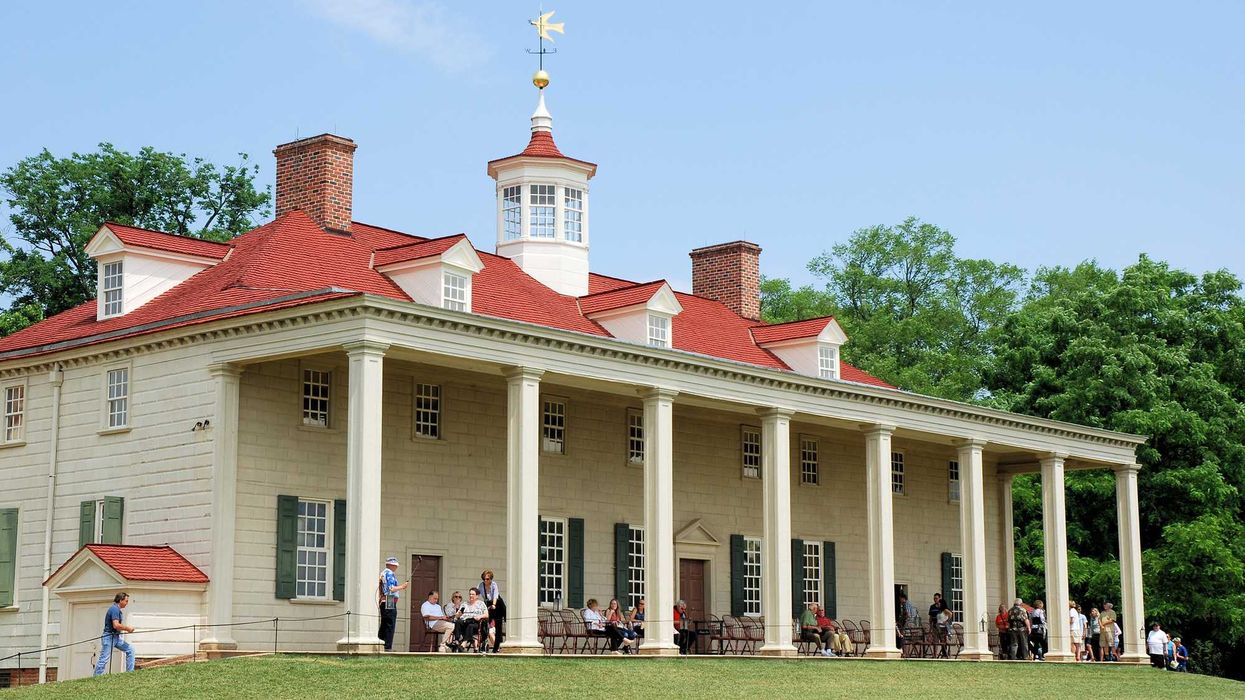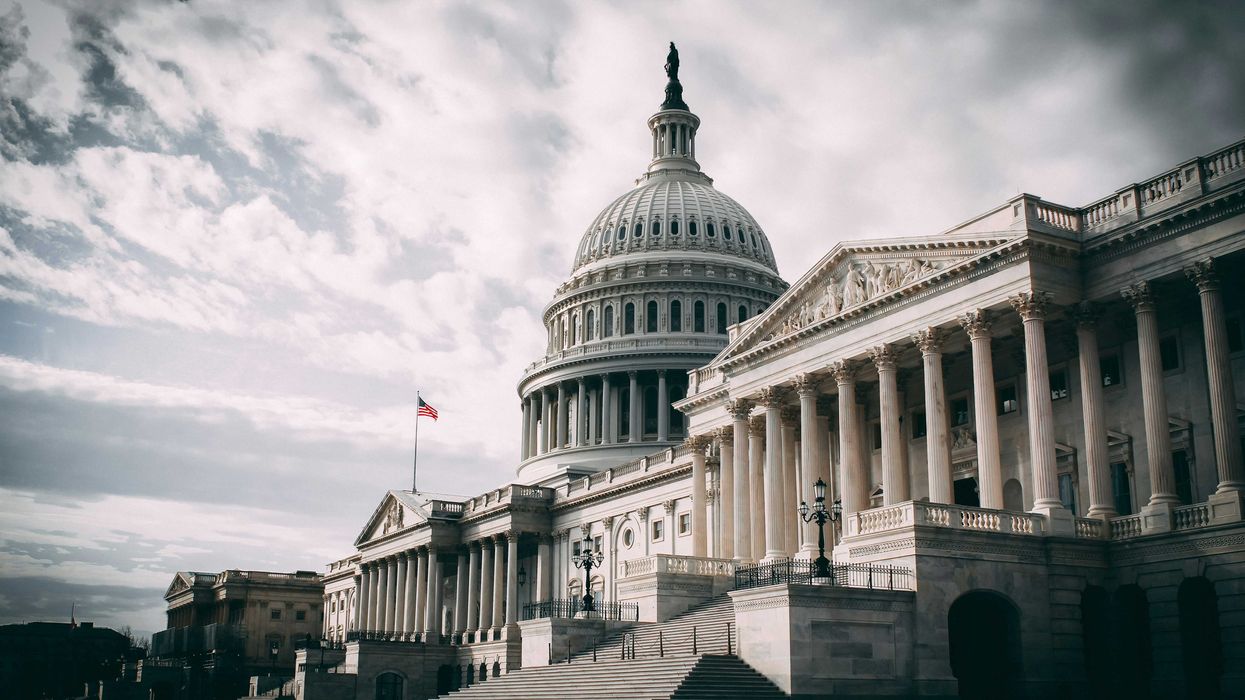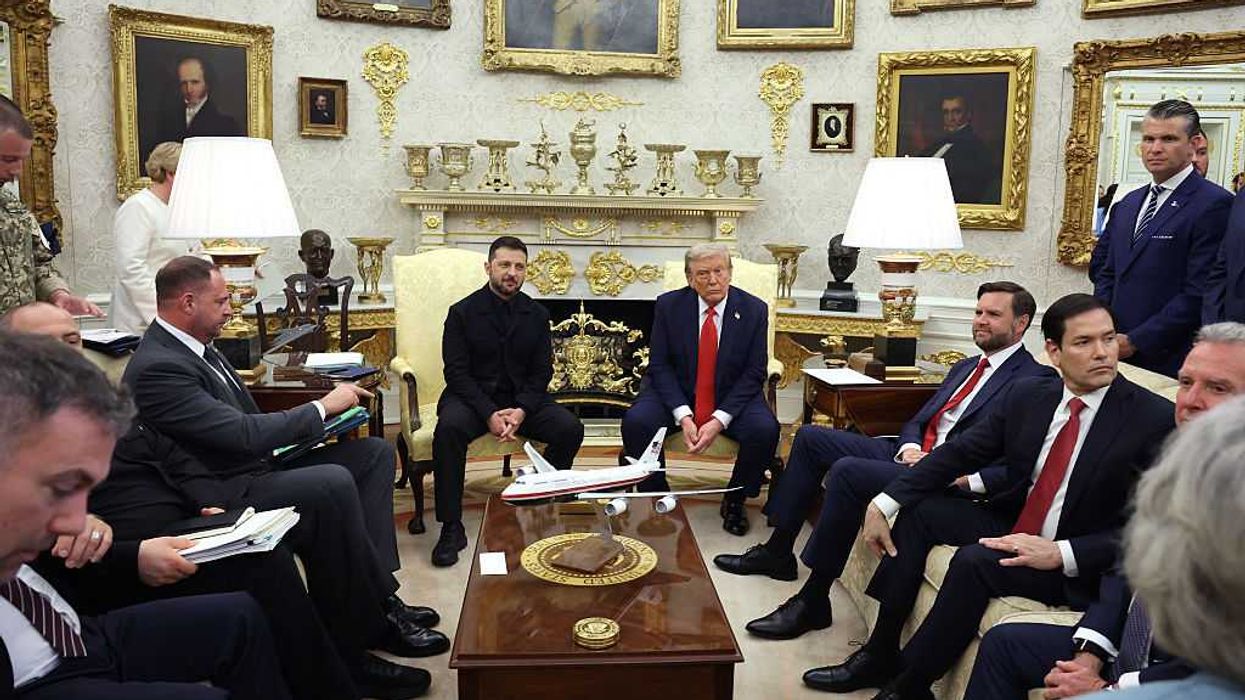Radwell is the author of "American Schism: How the Two Enlightenments Hold the Secret to Healing our Nation ” and serves on the Business Council at Business for America. This is the 12th entry in what was intended to be a 10-part series on the American schism in 2024.
I’m not sure if it is due to the recent triumph of the Paris Olympics or voters’ nascent love affair with Democratic vice presidential nominee Tim Walz, but the spirit of sports competition has taken center stage of late. Watching our young athletes reach their Olympic dreams and being introduced to Coach Walz seem connected in some mysterious but heartwarming way.
Behind every Olympic medal lies a story of young budding talent buttressed by a coterie of adults who chart the course. And in Walz, we recognize someone who has unmistakably demonstrated a profound developmental impact with kids both on the field and in the classroom.
But there is a more subtle and vital connection between the thrill of competitive sports and the concept of the American dream. In both, irrespective of background, the ingredients of raw talent, passion, perseverance, dedication and plain hard work can lead to achievement and its consequent rewards. Notably, both in sports and in society, a prerequisite to fair and impartial competition is agreement and acceptance of a set of rules and regulations. Further, the participants consent to abide by these and accept the outcome of the competition. It is this paradigm of applying one’s talents in fair competition that lies at the heart of the concept of the American dream.
Of course, both in sports and society, there are participants who invariably cheat, thus requiring mechanisms to root out uncompetitive behavior. Competitive sports wouldn’t be very interesting if no one followed the rules. However, in the seemingly endless fog of cynicism that clouds our thinking today, it is easy to lose sight of these principles. For this reason, as a metaphor for our civic society in the 21st century at large, Coach Walz’s mentoring and development of young minds in the classroom or young athletes on the field is so refreshing and enthralling.
As I discussed in a recent article, the same idea of rule-based fair competition buttresses the principles of the free market economy envisioned by Adam Smith centuries ago. As a producer vies for her own individual achievement and rewards, she simultaneously benefits all of society by producing products and services that consumers value.
But imagine a market-based economy where everyone cheats. This game is rigged in favor of those market participants who have been permitted to leverage their economic power to wield political power. Accordingly, they get to write the rules of the game and construct barriers to true competition. This is how Martin Wolf describes our current state of affairs in his compelling recent book, “ The Crisis of Democratic Capitalism.” He argues that this rentier economy has resulted from decades of government neglect promulgated under the guise of laissez faire deregulation. In recent years, there has been an outpouring of writings that assail the inevitable widening gaps of wealth which result from such an economy.
But there is a related casualty, namely the stifling of upward mobility and the very crumbling of the modern meritocracy that rests as the bedrock of the American dream. While the concept of meritocracy has been harshly criticized recently, I have yet to be shown a better system for recognizing achievement and distributing rewards in society. The meritocratic system encourages the pursuit of individual success, while concurrently allowing society as a whole to reap tremendous benefits. The competition for novel ideas, products and services that consumers value lifts all proverbial boats.
In my book, “ American Schism,” I articulate how this concept of meritocracy is rooted in Enlightenment ideals. As Condorcet, the great French philosopher stressed, the study of reason and empirical sciences as well as civic responsibilities were all fundamental to unleashing human capacity within the social contract. Whether Benjamin Franklin’s “Poor Richard’s Almanac” or Diderot and d’Alembert’s “Encyclopédie,” the wide promulgation of information became the Enlightenment’s machine de guerre. The resulting broad access to knowledge charted the paths to develop one’s innate abilities, and thereby promised a new world where one could become unshackled from the birth lottery. For centuries, the quality and access to public education in the United States became the engine of the American dream and lifted prosperity to unimaginable levels. But Condorcet also said: “Inequality of education is one of the main sources of tyranny.”
Further, when reviewing the criticisms, it is not the concept of meritocracy that is the problem, but its present-day execution. Quite frankly, we no longer have a fair meritocracy. We have allowed the wealth gap of recent decades to translate into a huge education gap in which real meritocratic competition is but an illusion. Since the 1980s, entrenched mechanisms within the political economy have permitted and legitimized the very wealthy to guarantee that their elite inheritance is transferred to their children, seemingly ossifying our existing social structure. Consider this: A wealthy family provides an annual investment in private education that is six to 10 times that of the inner city kid. And this yearly investment gap compounds throughout K-12. With such unfair starting lines, is it a surprise who wins the race?
To achieve a just meritocracy, the concept of equality of opportunity must create a level playing field by encompassing not only equal access to education, but to infrastructure and public goods, job opportunities and job training. As John Rawls illustrates in his 1971 landmark work, “ A Theory of Justice,” a more all-inclusive concept of equality of opportunity must include equal access to acquire qualifications. Tragically, America in the 21st century is a far cry from this Rawlsian concept.
It is not America’s hard power or technological prowess but the concept of the American dream that has allowed us to become the real envy of the world for over 100 years. But it seems we are letting it slip away. Instead of abandoning the concept of meritocracy, as some critics argue, we need to develop better strategies for its effective and measurable 21st century implementation. And after all, watching a race where one runner is given a huge lead at the start is no fun.



















